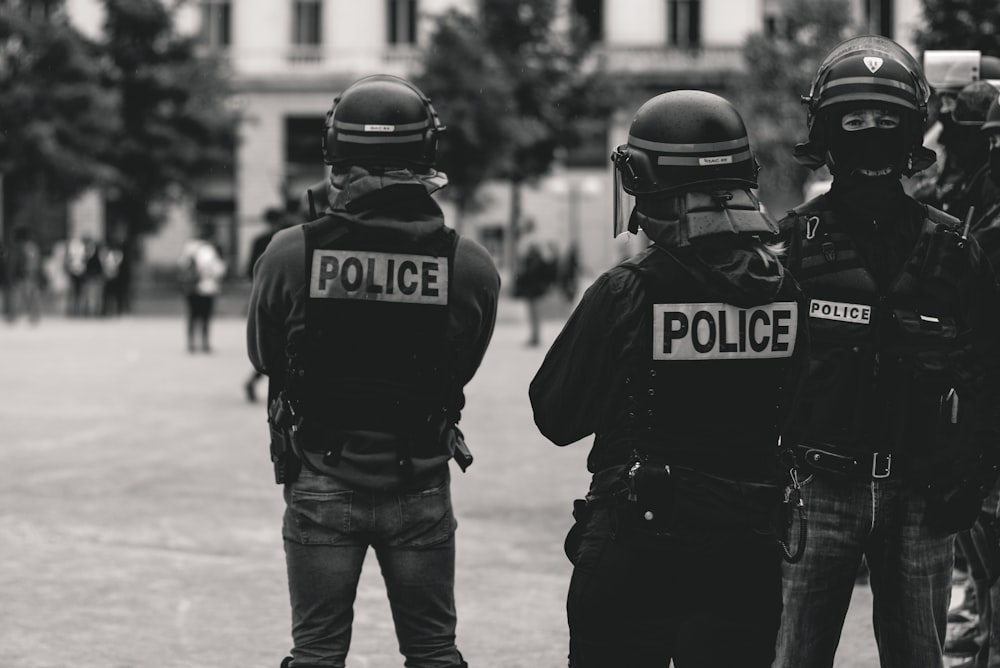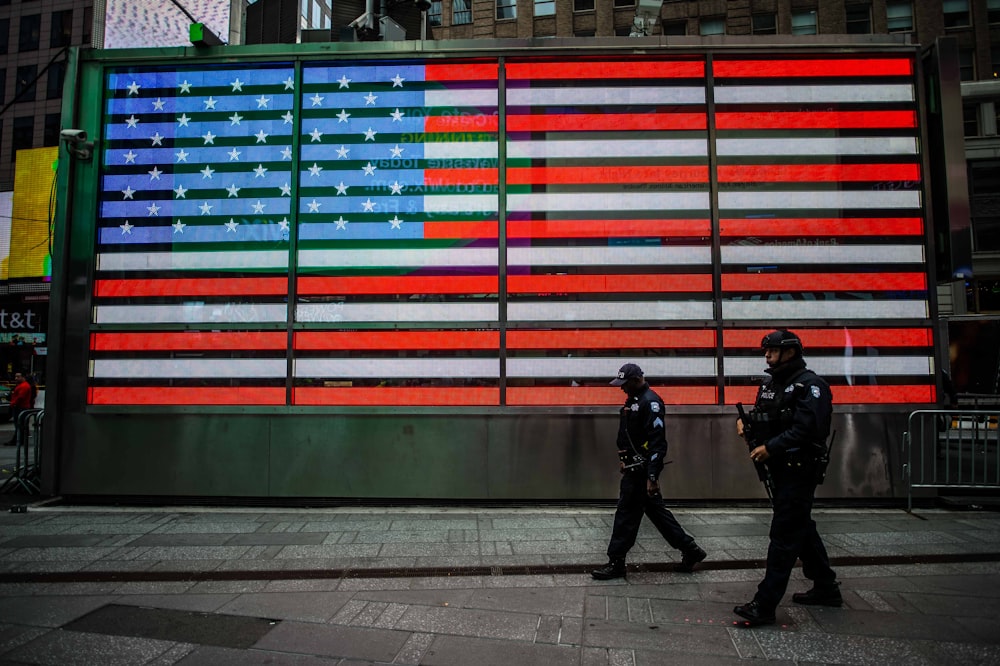Refugee Law 101: A person will be found to be a ‘Convention refugee’ if they face a well-founded fear of persecution in their home country, based on a nexus ground, like race, religion, or political opinion, under s. 96 of the Immigration and Refugee Protection Act. The “well-founded fear” standard lies below a balance of probabilities (ie. whether something is more likely than not). It has been described as a “reasonable chance” or “good grounds” that persecution would take place if the claimant returned to their home country.
As part of this analysis, Refugee Board members must assess whether a refugee claimant could receive protection from state authorities in their home country. If so, the person would not actually need Canada’s protection. The seminal decision on ‘state protection’ – Canada v. Ward, [1993] 2 SCR 689 – was decided over 25 years ago. Since then, over the years, the analysis in Ward has become distorted; and person’s who face a well-founded fear of persecution have been improperly denied protection because of this.
In Ward, the Supreme Court held that a person must provide “clear and convincing proof” that the state is “unable or unwilling” to protect them in order to obtain protection from Canada. This can be established where the claimant has actually approached the state and was denied protection. But where the claimant has not actually approached the state, it should be presumed that the state is capable of protecting their citizens – absent some evidence otherwise, like a concession from state authorities. The Court also stated this: “Absent a situation of complete breakdown of state apparatus, such as that recognized in Lebanon in Zalzali, it should be assumed that the state is capable of protecting a claimant.”
Many decision makers have seized on this language from Ward in isolation, leaving context by the wayside, in deciding to reject claims on this basis: they did not approach one specific state agency to ask for protection and so cut off a possible avenue for protection; they did not advance “clear and convincing proof” to prove the authorities cannot protect them; it’s a democratic country and they have not shown a complete breakdown of state apparatus.
Yet the context and the full intricacies of Ward’s analysis are fundamental to a proper decision on the merits of any refugee claim: persons from Honduras who are targeted by gangs working with corrupt police; persons from the Democratic Republic of the Congo who are arrested and detained by paramilitary authorities; persons from Hungary of Roma ethnicity, whose police are ineffective in offering protection. The state protection analysis can neither start nor end with a reference to the above passages – it needs to be unpacked, and shifted back into place.
To start – the persecuting states at issue in Ward? Ireland and Great Britain. This is important because Ward shaped its discussion from the very explicit premise where the state itself is not the persecuting agent. Its finding that “clear and convincing proof of a state’s inability to protect must be advanced” for a refugee claim to succeed, was made expressly in light of the fact that it was “broaden[ing] the range of potentially successful refugee claims beyond those involving feared persecution at the hands of the claimant’s nominal government.” The Court relied on the following passage from Professor James Hathaway in The Law of Refugee Status (1991):
A refugee may establish a well-founded fear of persecution when the official authorities are not persecuting him if they refuse or are unable to offer him adequate protection from his persecutors . . . however, he must show that he sought their protection when he is convinced, as he is in the case at bar, that the official authorities ‑‑ when accessible ‑‑ had no involvement ‑‑ direct or indirect, official or unofficial ‑‑ in the persecution against him. (José Maria da Silva Moreira, Immigration Appeal Board Decision T86-10370, April 8, 1987, at 4, per V. Fatsis.)
In Ward, the Court was ultimately deciding that state complicity was not required for protection to be afforded under s. 96 of IRPA. It then considered the associated definition of state complicity, and further observed that “all parties agree at a minimum that state complicity encompasses an inability to protect”.[1]
Yet this context is often ignored. Where the Tribunal or Courts have found the presumption to apply even where the state itself is the agent of persecution or is even indirectly complicit in the persecution, it has unreasonably distorted the analysis.[2]
Only where this is not the case can the presumption of state protection properly be found to exist, and the analysis then turn to whether and how a claimant can rebut that presumption.
The Federal Court of Appeal in Hinzman v. Canada, 2007 FCA 171 considered the guidance in Ward and found that “refugee claimants from democratic countries bear a heavy burden in establishing that they should not be required to exhaust all of the recourses available to them domestically before making a refugee claim in Canada.” This decision is oft cited by decision makers in their refusal to grant protection to a claimant. But the persecuting state at issue Hinzman? The United States.
This specific context in Hinzman is drastically different from that in most cases – where the existing stable constitutional democracy (in 2007) so closely resembles that of Canada, as compared to other countries where, for example, there is widespread corruption, violence, instability, or even persecution by state authorities. As the Court of Appeal itself stated:
[45] … the more democratic a country, the more the claimant must have done to seek out the protection of his or her home state …
[46] The United States is a democratic country with a system of checks and balances among its three branches of government, including an independent judiciary and constitutional guarantees of due process. The appellants therefore bear a heavy burden in attempting to rebut the presumption that the United States is capable of protecting them and would be required to prove that they exhausted all the domestic avenues available to them without success before claiming refugee status in Canada.[3]
The following year, in Flores Carrillo, 2008 FCA 94, the Court of Appeal then elaborated on this “heavy burden” expression. It found this speaks to the quality of the evidence to be provided – but the standard of proof, for a person to displace the presumption of state protection, must be done on a balance of probabilities. In other words, the Court said, it is more difficult in some cases than others to rebut the presumption, but this in no way alters the standard of proof – that a claimant must prove it is more likely than not that authorities cannot protect them.[4]
Flores Carrillo, 2008 FCA 94 is a pithy decision that has now been cited in more than 1,334 reported cases in CanLII. Yet nowhere in its decision did the Court of Appeal even mention the “well-founded fear” standard that is applicable to the ultimate decision to be made in a refugee claim. Rather, the Court considered only whether an even higher standard might apply – a preponderance of probabilities or high degree of probability, which applies in the completely unrelated context of justifying an infringement of a Canadian constitutional right under s. 1 of the Charter. The Court soundly rejected this. Instead, it found simply that the balance of probabilities standard, as the typical default standard in immigration proceedings, applied. In doing so, the Court wholly failed to consider the incongruence of this standard with the standard applicable to actual ultimate determination to be made on the merits of a refugee claim.
In The Law of Refugee Status, Professor James Hathaway and Michelle Foster criticized this interpretation, noting that while there is “some logic to the notion that a democratic country is more likely to protect against human rights abuse,” to the extent that the approach has resulted in an elevated burden being placed on refugee claimants, it is inconsistent with the Refugee Convention:
The notion that an applicant has the burden of dislodging a presumption and that the persuasive hurdle is one based on the balance of probabilities is impossible to reconcile with the intentionally low threshold of the well-founded fear test, which has been uniformly interpreted in a way that rejects any duty to show that the risk of being persecuted is more likely than not. The well-founded fear test applies…to the question whether the state is unable or unwilling to protect.
The “balance of probabilities standard” unduly skews the ultimate determination that is required under both international law and domestic law in every refugee claim – which is simply whether a person faces a “well-founded fear” of persecution. Put another way, where it may be more likely than not that a state can protect its citizen – say there is a 52% chance – this leaves a 48% chance that the state may not be able to protect the individual. This is a large margin of risk, which amounts to a “reasonable chance” of persecution (which for arguments sake, could be anywhere from a 10% to 40% chance of persecution). In these cases, Canada has failed to meet its obligation to provide protection that is mandated under the Refugee Convention.
The Court Appeal in Flores Carrillo recognized that “it is often a bewildered and resourceless refugee trying to rebut a presumption of state protection by establishing that the protection is inadequate,” yet failed to consider that it was actually imposing a higher standard than is set out in international law for this bewildered and resourceless refugee.
Going back to the decision by the Supreme Court in Ward, it is notable that no further standard of proof was set out. This was because no further standard was needed beyond the “well-founded fear” standard. As the Court in Ward asked, simply: “Is it objectively unreasonable for the claimant not to have sought the protection of home authorities?” If protection could not be provided to overcome the reasonable chance that a claimant will be persecuted, it could not be unreasonable for that person not to have approached their state for protection.[5]
The Courts, in reviewing the various factual matrixes that have come before them since Ward, have often failed to properly distill or tease out Ward’s analysis, which flowed back and forth in its discussion of various points. But Ward left us with the proper analysis to be followed[6] – it just failed to give us a short and pithy sequential list; which I now propose to do here. The points that ought to be considered in any state protection analysis are the following, in this order:
-
- Is the state the persecuting agent (or does it have any involvement, direct or indirect, official or unofficial, in the persecution)? If so, there is no presumption of state protection [7];
- If the state is not the persecution agent, is it a democratic institution that can be presumed capable of protecting its citizens?
- If there has been a breakdown of state apparatus, the state cannot be presumed to provide protection.
- If the state can be presumed to be able and willing to protect its citizens, has the claimant provided clear and convincing evidence that, in their specific circumstances, protection might not reasonably have been forthcoming (to rebut this presumption)?[8]
- Have state authorities conceded they cannot provide protection, for example by telling an individual to leave the country rather than file a complaint?
- Has the state failed to afford protection for similarly situated persons? Relatedly, efforts by a state to improve upon protection efforts are not sufficient, rather those efforts must be shown to have translated into an actual ability to provide protection;
- Has the person actually approached the state and been denied protection?
- * Any analysis on this point that requires a person displace the presumption of state protection on a balance of probabilities, fundamentally distorts the test properly applicable to a refugee claim. The analysis must instead consider whether the presumption remains that the state is able and willing to protect its citizens, such that the Board can be sure the claimant will not face a “reasonable chance” or “well-founded” fear of persecution?
Where this analysis is applied in any other way, it is certainly a “bewildered and resourceless refugee” who is left to feel as though they have been refused on a technicality; where their very real risks and fears have somehow become irrelevant in the face of what can seem, in some cases, like an impossible burden to meet.
Erica Olmstead is a partner with Edelmann & Company who practices immigration, refugee and criminal law. She has particular expertise in cases that present complexities in the intersection between these areas, and she is passionate about litigating access to justice and Charter rights’ issues. She also works as a case review lawyer with the BC Legal Aid Appeals Department and is an instructor with the University of British Columbia.
[1] Ward at para 52. Note also, in Europe, the EU Qualification Directive (Council Directive 2011/95/EU of 13 December 2011 on standards for the qualification of third-country nationals or stateless persons as beneficiaries of international protection, for a uniform status for refugees or for persons eligible for subsidiary protection, and for the content of the protection granted) creates a presumption that state protection is not available where the agent of persecution consists of state actors (at para. 27 of Preamble):
…Where the State or agents of the State are the actors of persecution or serious harm, there should be a presumption that effective protection is not available to the applicant…
[2] See for example Tatarski v. Canada (Citizenship & Immigration), 2010 FC 660, Beaudry J. and Chaves v. Canada (Minister of Citizenship and Immigration), 2005 FC 193, Tremblay-Lamer J., where this lynchpin in the analysis has been correctly highlighted, as compared to other cases which have overlooked this distinction.
[3] Hinzman v. Canada (Citizenship and Immigration), 2007 FCA 171 at paras. 45-46 .
[4] Flores Carrillo v. Canada, 2008 FCA 94 at para. 20, 24 – 27.
[5] Admittedly, the Court put this another way, which makes the analysis less clear: “Might state protection “reasonably have been forthcoming”? However, the Court was accepted the language of Professor Hathaway in this formulation, who was not using the word “might” as a suggested legal standard of proof (as cited by the Court: “Obviously, there cannot be said to be a failure of state protection where a government has not been given an opportunity to respond to a form of harm in circumstances where protection might reasonably have been forthcoming…”
[6] With any further perceived ambiguities to be resolved under the guidance of the international laws creating our legal obligations.
[7] That is to say, the board may still find state protection to exist, but not by means of any presumption);
[8] Only in situations in which state protection “might reasonably have been forthcoming”, will the claimant’s failure to approach the state for protection defeat his claim. It would “defeat the purpose of international protection if a claimant would be required to risk his or her life seeking ineffective protection of a state, merely to demonstrate that ineffectiveness”: Ward at para. 48




